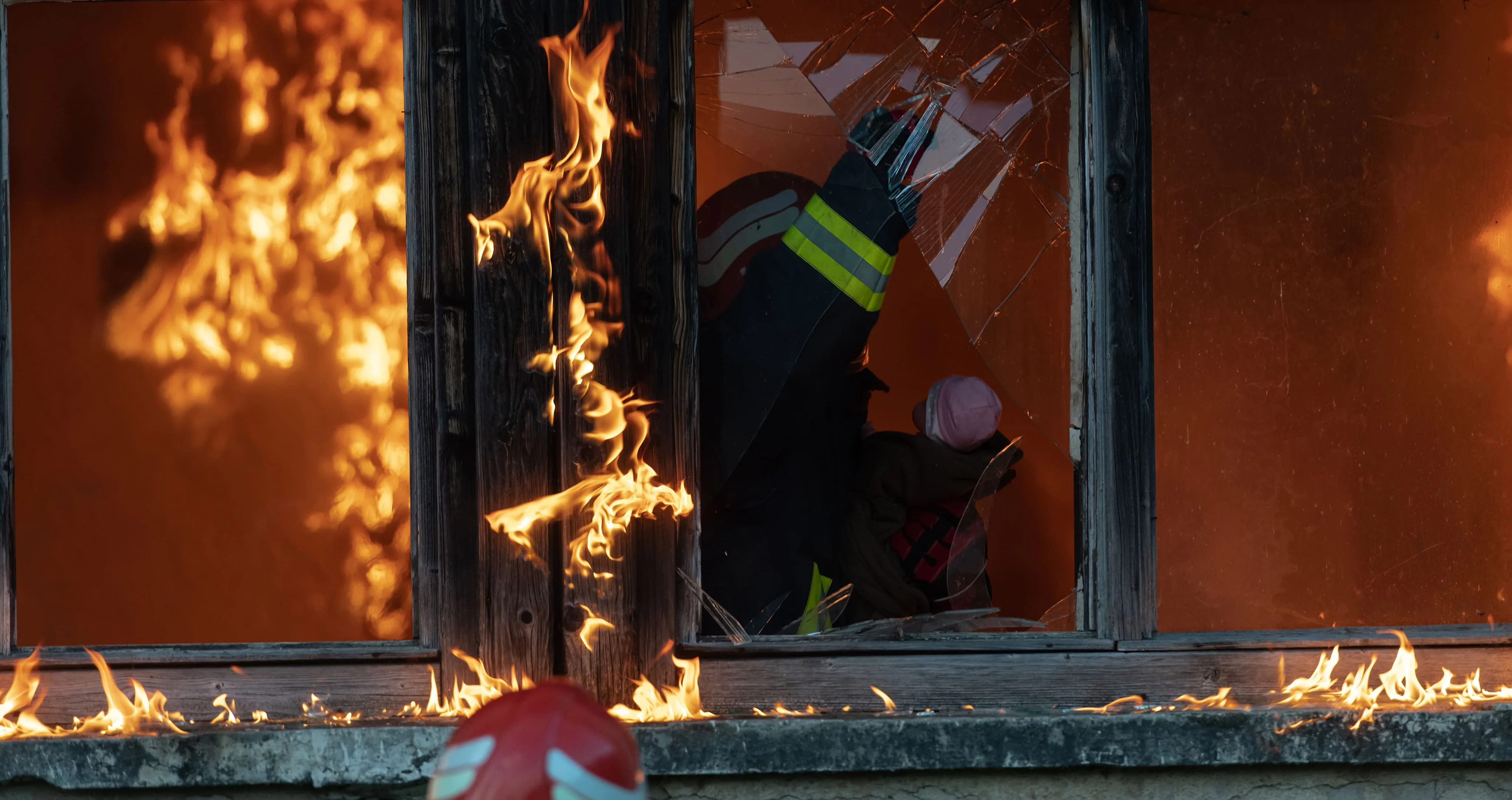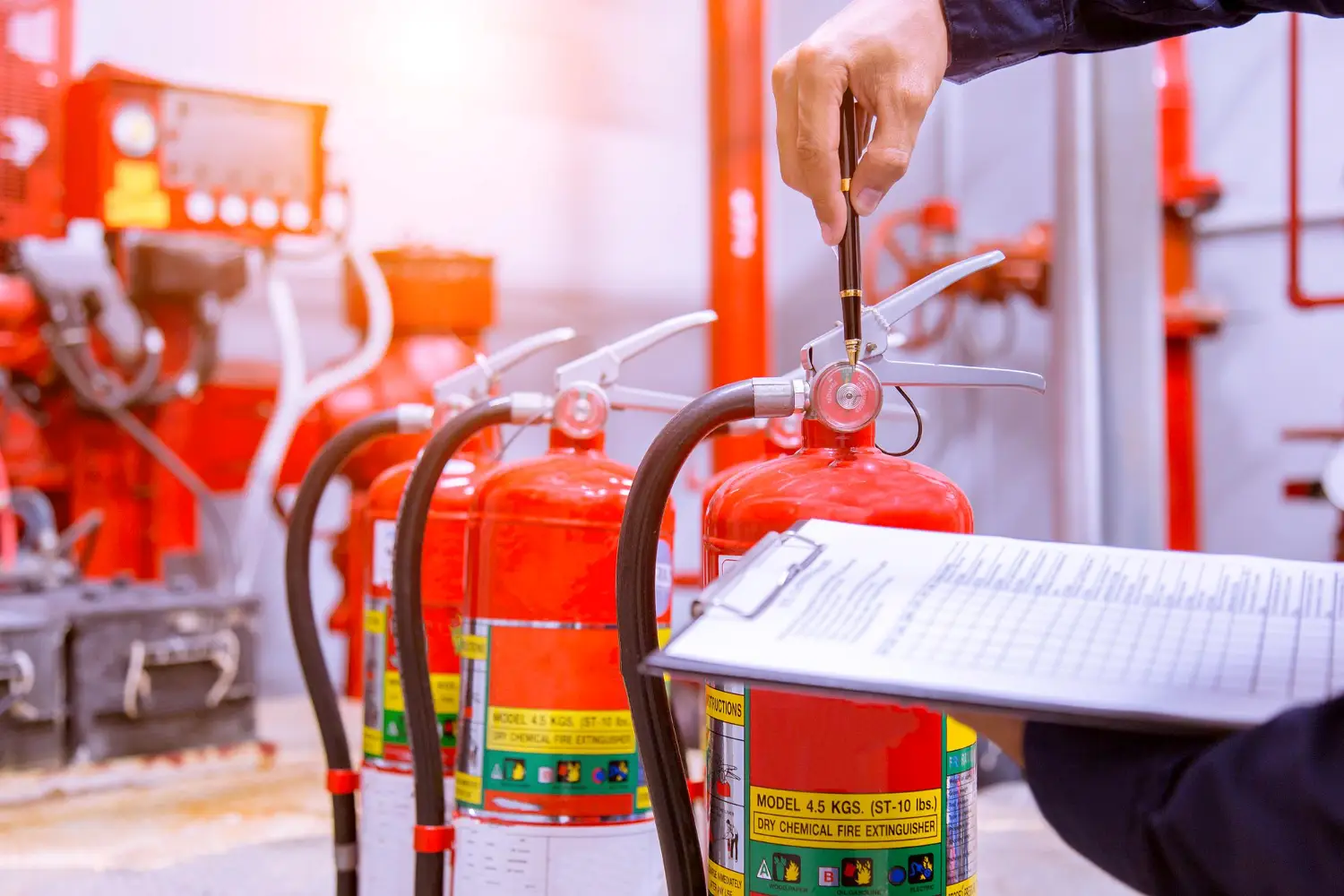BLEVE: Causes, Effects, and Mechanisms


A BLEVE, or Boiling Liquid Expanding Vapor Explosion, is a type of explosion that occurs when a container of liquid is heated and the liquid inside turns into a vapor, causing the container to rupture and the vapor to rapidly expand. This phenomenon is commonly associated with large-scale industrial accidents and is a significant concern in the field of fire investigation.
Understanding the mechanics, causes, and effects of a BLEVE is important for fire investigators. It can provide important insights into the sequence of events leading up to an explosion, the potential causes of the explosion, and the extent of the damage caused by it.
A BLEVE is defined as an explosion caused by the rapid expansion of a vapor when a container of liquid is heated and the liquid inside turns into a vapor. The term was first coined by engineers at Factory Mutual in the 1950s to describe a specific type of industrial accident.
The key characteristic of a BLEVE is the rapid expansion of the vapor, which can cause a powerful explosion. This is different from a simple rupture or burst, which does not involve a rapid expansion of vapor and, therefore, does not result in an explosion.
Components of a BLEVE
A BLEVE consists of three main components: the container, the liquid, and the heat source. The container is typically a pressure vessel, such as a propane tank or a chemical storage tank. The liquid is the substance inside the container, which can be any liquid that can turn into a vapor when heated. The heat source is what causes the liquid to turn into a vapor.
The size and shape of the container, the type of liquid, and the intensity of the heat source can all affect the severity of a BLEVE. For example, a larger container or a more volatile liquid can result in a more powerful explosion.
Phases of a BLEVE
A BLEVE typically occurs in three phases: the heating phase, the rupture phase, and the explosion phase. The heating phase is when the container and the liquid inside are heated by the heat source. The rupture phase is when the pressure inside the container becomes too great and the container ruptures. The explosion phase is when the vapor rapidly expands, causing an explosion.
The duration of each phase can vary depending on a variety of factors, including the size and shape of the container, the type of liquid, and the intensity of the heat source. However, the explosion phase is typically very brief, often lasting only a few milliseconds.
A BLEVE can be caused by a variety of factors, but the most common cause is a fire or other heat source that heats the container and the liquid inside. Other potential causes include mechanical damage to the container, such as a puncture or a crack, and overfilling the container, which can increase the pressure inside.
In some cases, a BLEVE can be triggered by a combination of factors. For example, a fire could weaken the container and make it more susceptible to mechanical damage, which could then trigger a BLEVE. Similarly, overfilling the container could increase the pressure inside and make it more susceptible to rupture from heat or mechanical damage.
Fire-Induced BLEVEs
Fire-induced BLEVEs are the most common type of BLEVE. They occur when a fire or other heat source heats the container and the liquid inside, causing the liquid to turn into a vapor and the pressure inside the container to increase. If the pressure becomes too great, the container can rupture, and the vapor can rapidly expand, causing an explosion.
Fire-induced BLEVEs can be particularly dangerous because they can occur unexpectedly and can result in a powerful explosion. They are a significant concern for fire investigators, as they can cause extensive damage and can pose a significant risk to firefighters and other first responders.
Mechanical Damage-Induced BLEVEs
Mechanical damage-induced BLEVEs occur when the container is damaged, such as by a puncture or a crack. This can cause the liquid inside to leak out and turn into a vapor, which can then rapidly expand and cause an explosion. The severity of the explosion can depend on the extent of the damage and the amount of liquid that leaks out.
Mechanical damage-induced BLEVEs can be caused by a variety of factors, including physical impact, corrosion, and manufacturing defects. They can occur in a variety of settings, including industrial facilities, transportation accidents, and residential areas.
The mechanics of a BLEVE involve a complex interplay of thermodynamics, fluid dynamics, and structural mechanics. The key factor is the rapid expansion of the vapor, which is driven by the high pressure inside the container and the high temperature of the vapor.
When the container ruptures, the pressure inside drops dramatically, causing the liquid to boil and turn into a vapor. This process is known as flash boiling. The vapor then rapidly expands, causing an explosion.
Flash Boiling
Flash boiling is a key component of a BLEVE. It occurs when the pressure inside the container drops dramatically, causing the liquid to boil and turn into a vapor. This process is driven by the high pressure inside the container and the high temperature of the liquid.
The rate of flash boiling can depend on a variety of factors, including the type of liquid, the temperature of the liquid, and the pressure inside the container. However, it typically occurs very rapidly, often in a matter of milliseconds.
Vapor Expansion
Vapor expansion is the process that causes the explosion in a BLEVE. It occurs when the vapor rapidly expands, driven by the high pressure inside the container and the high temperature of the vapor.
The rate of vapor expansion can depend on a variety of factors, including the type of vapor, the temperature of the vapor, and the pressure inside the container. However, it typically occurs very rapidly, often in a matter of milliseconds.
The effects of a BLEVE can be devastating, resulting in a powerful explosion that can cause extensive damage and pose a significant risk to life and property. The explosion can produce a shock wave that can cause damage to structures and injure or kill people, and it can also produce a fireball that can cause a secondary fire.
The severity of the effects can depend on a variety of factors, including the size and shape of the container, the type of liquid, the intensity of the heat source, and the proximity of people and structures to the explosion. However, even a small BLEVE can cause significant damage and pose a significant risk.
Shock Wave
The shock wave produced by a BLEVE can cause extensive damage to structures and can injure or kill people. The shock wave is a high-pressure wave that travels outward from the explosion at a high speed. It can cause damage by exerting a high pressure on structures, and it can injure or kill people by causing blunt force trauma.
The severity of the shock wave can depend on a variety of factors, including the size and shape of the container, the type of liquid, the intensity of the heat source, and the proximity of people and structures to the explosion. However, even a small shock wave can cause significant damage and pose a significant risk.
Fireball
The fireball produced by a BLEVE can cause a secondary fire and can pose a significant risk to life and property. The fireball is a large ball of fire that is produced by the combustion of the vapor. It can cause a secondary fire by igniting nearby combustible materials, and it can pose a risk to life and property by causing burns and producing toxic smoke and gases.
The size and intensity of the fireball can depend on a variety of factors, including the type of vapor, the temperature of the vapor, and the amount of oxygen available for combustion. However, even a small fireball can cause a significant fire and pose a significant risk.
A BLEVE is a complex phenomenon that involves a combination of thermodynamics, fluid dynamics, and structural mechanics. It can cause a powerful explosion that can result in extensive damage and pose a significant risk to life and property.
Understanding the mechanics, causes, and effects of a BLEVE is crucial for fire investigators, as it can provide important insights into the sequence of events leading up to an explosion, the potential causes of the explosion, and the extent of the damage caused by the explosion.
Trusted by Public and Private Investigator Teams Everywhere
Whether you're a big state agency, a small local fire department or somewhere in between, Blazestack software (NFPA 921® & CJIS compliant) collects fire scene data and generates standardized origin and cause reports in a fraction of the time of other methods.
To learn more about Blazestack, give us a call at (866) 303-4344 or email us at support@blazestack.com
Get Your Free 14-Day Trial and Custom Price Quote Now
We'll let Blazestack do the talking. Try it out right now for free.
A member of our staff will be in touch shortly.


